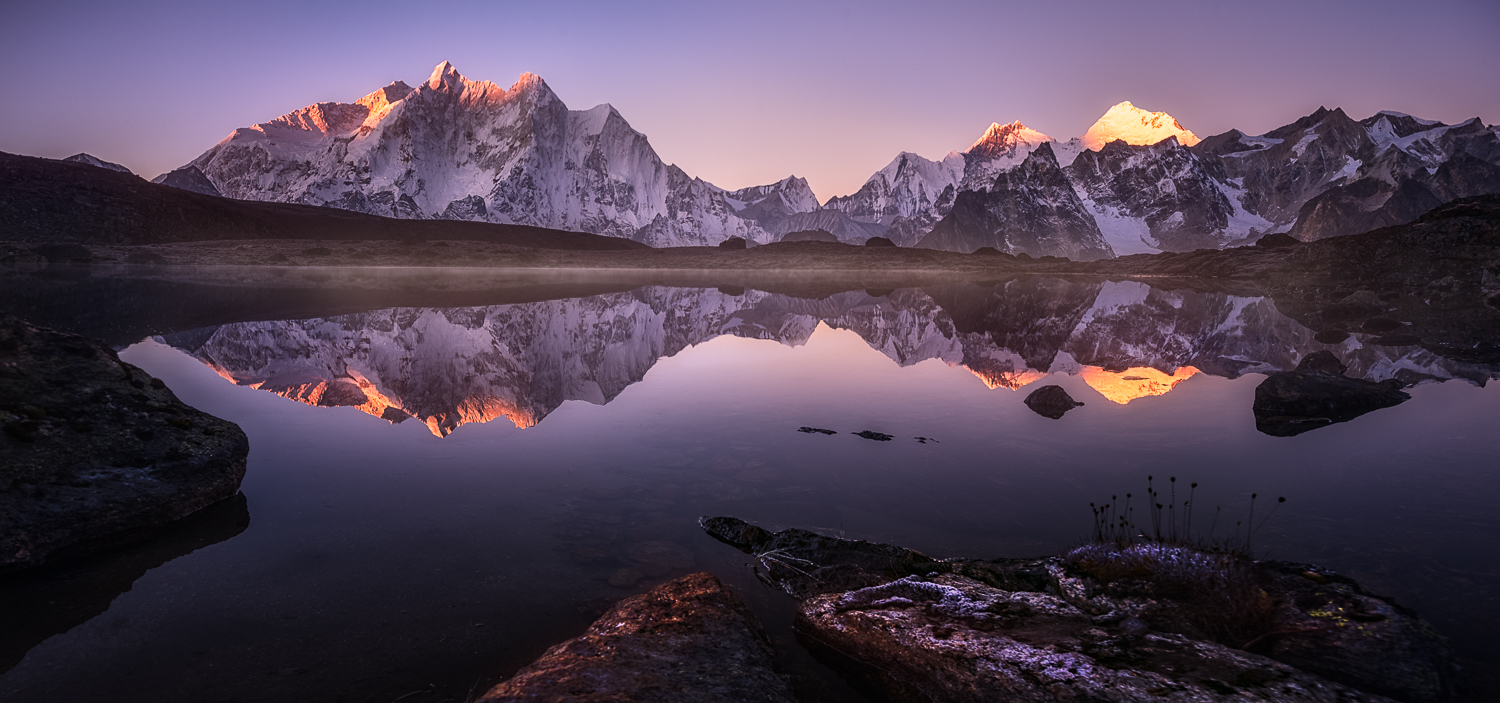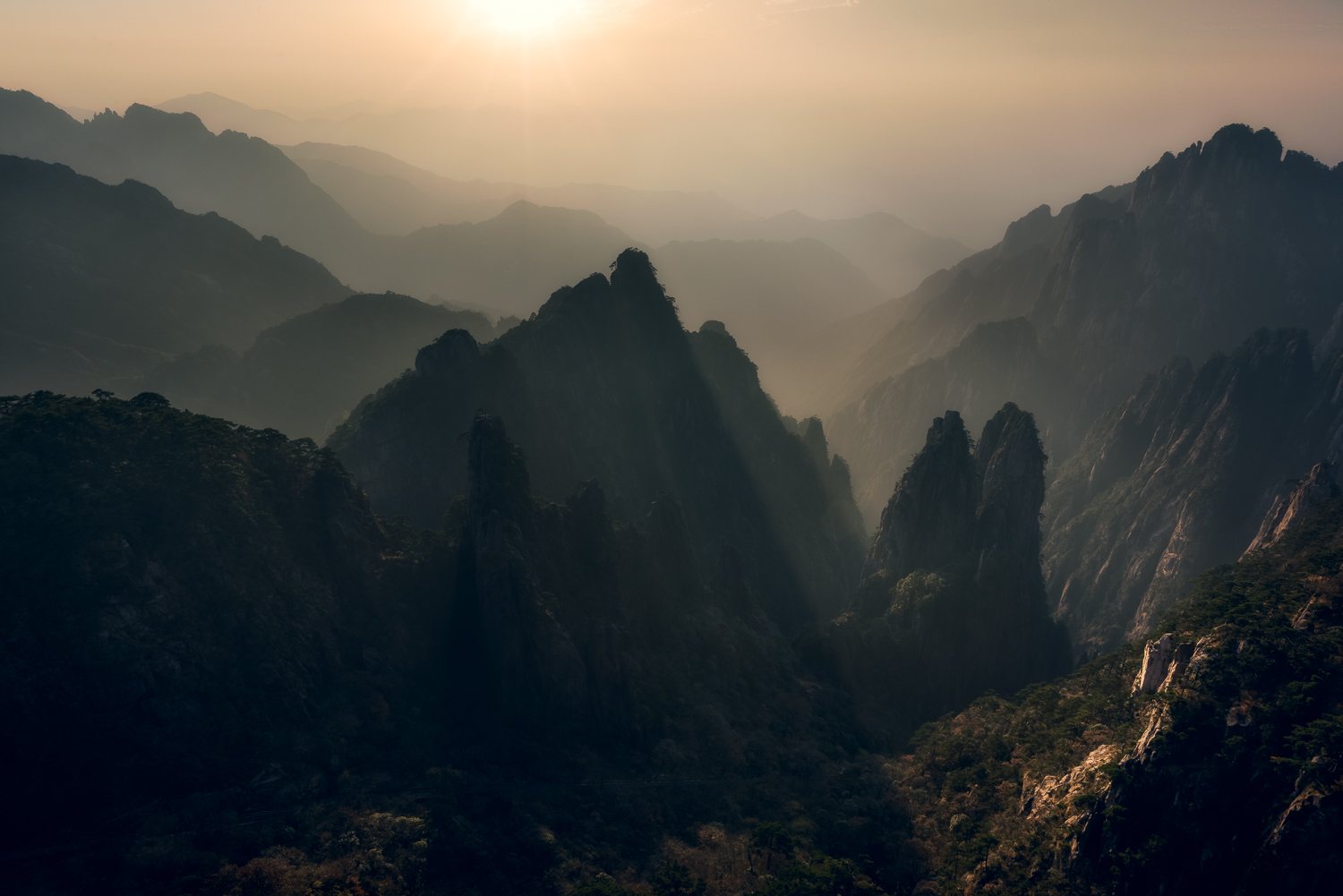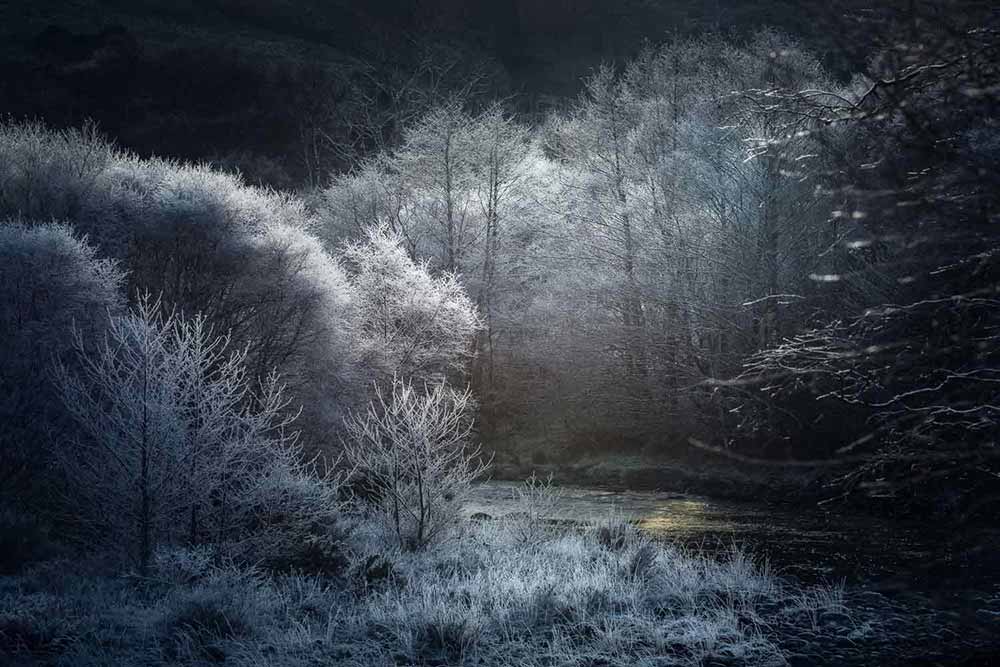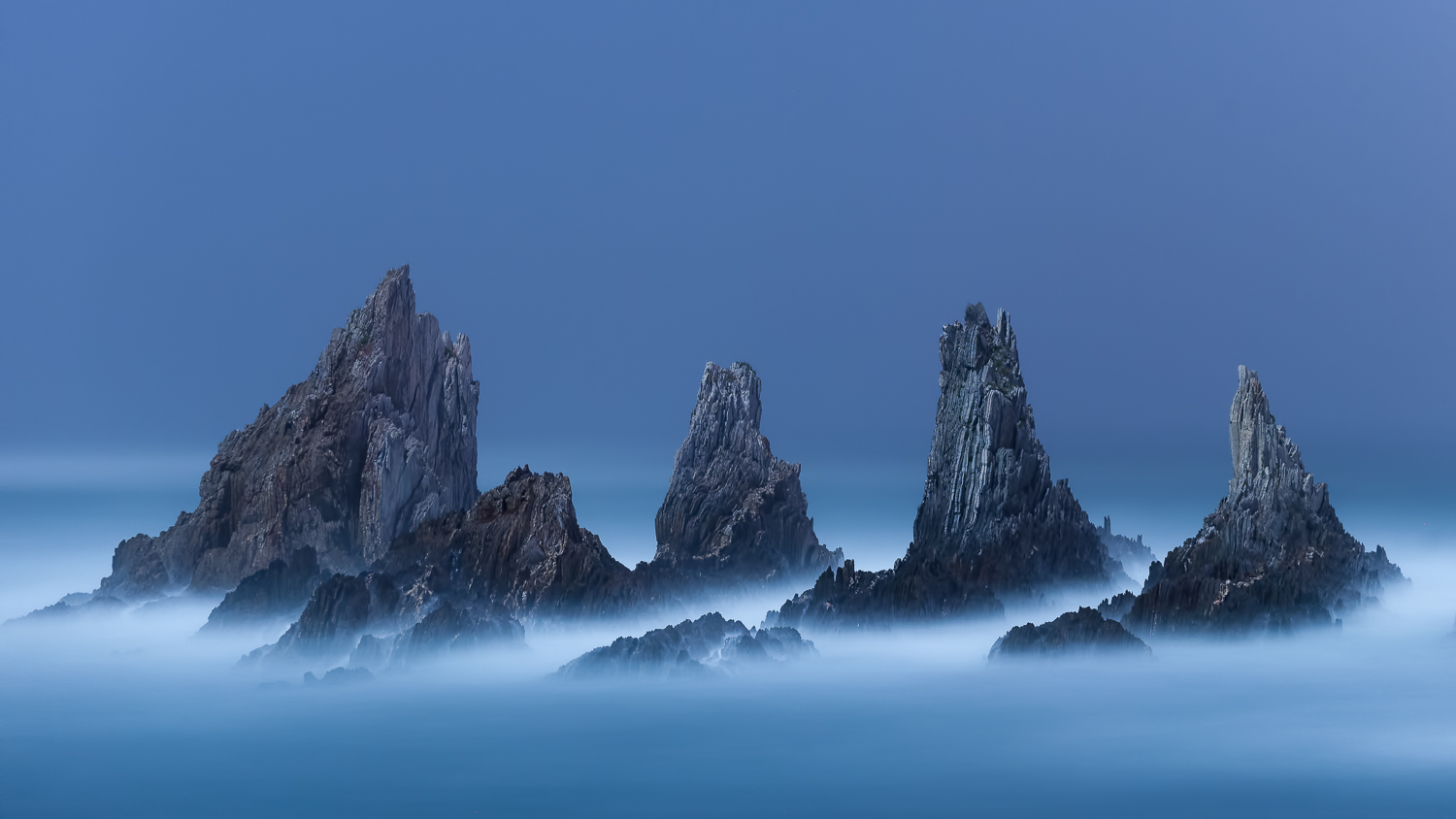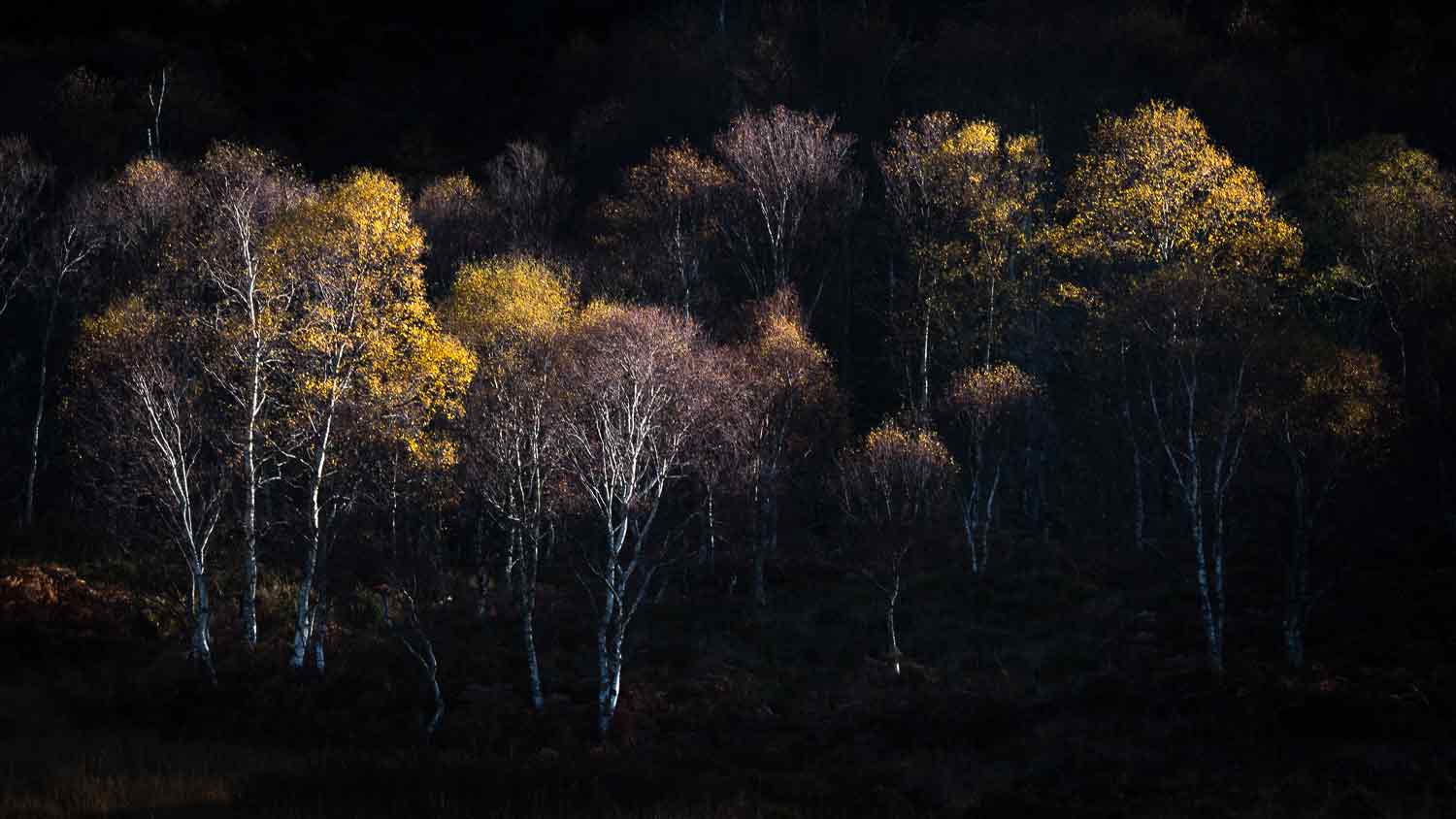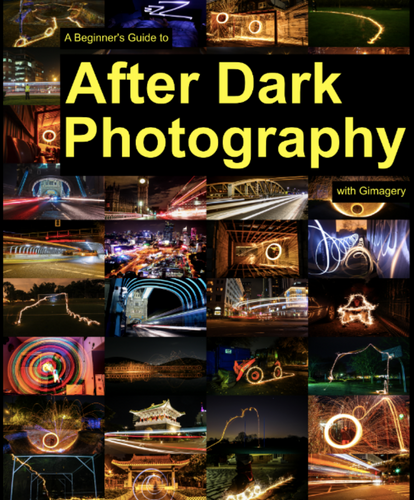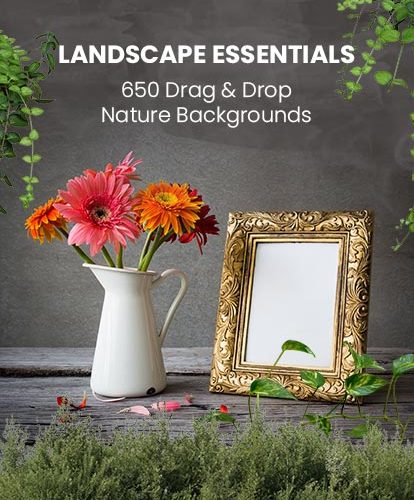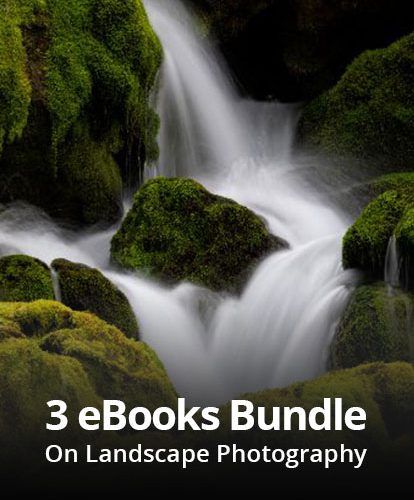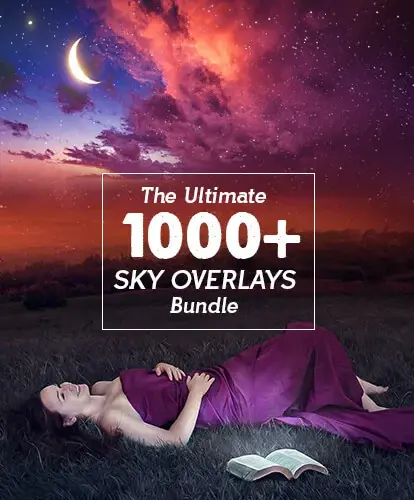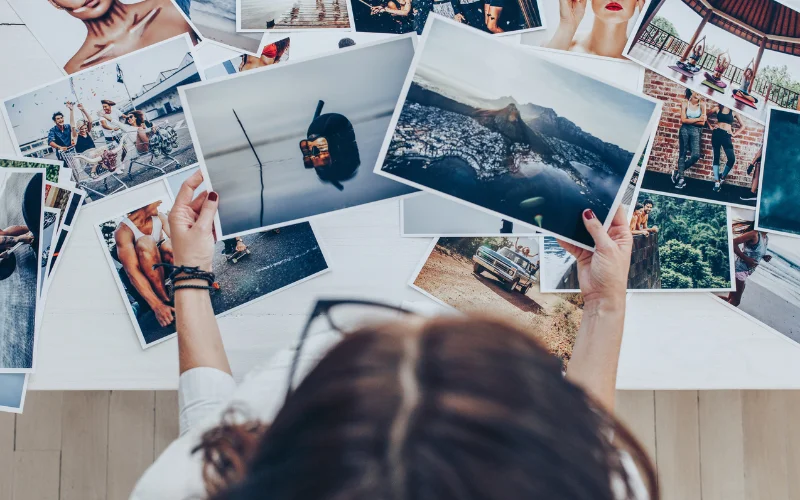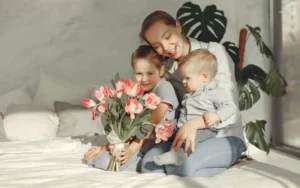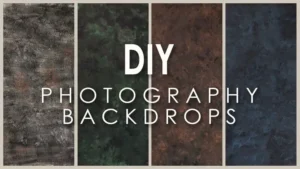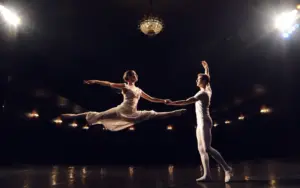Alister Benn, a professional landscape photographer from Scotland, grew up with a profound interest and respect for the natural world.
His work has been awarded in some of the most prestigious photography competitions like Le Prix de la Photographie Paris, etc.
He also writes regular articles in Landscape Photography Magazine and onlandscape Magazine. He has a solid reputation as both a technician photographer and a deep thinker.
In 2000, Alister met his wife Juanli Sun and together they have been running their own workshops and started the Available Light Images website.
In this interview, we speak to Alister to seek out more insights into his work and his passion towards photography.
Alister spoke to us via email…
Check out: The Ultimate Photography Composition Course
You seem to have a very interesting childhood. Can you take us to the time you grew up and tell us more about it?
I was born in the city of Glasgow in the mid 60’s but was always a country kid at heart. My father was in the Navy and we were fortunate enough to travel with him, or get delayed satellite phone calls from exciting far off places. We moved into the country when I was 12 and I guess my formative years started then.
I am the youngest of three brothers and from them, I got a real love for the landscape and all the wildlife that inhabits it. Every weekend we’d be out hill-walking or bird-watching and my first choice of career would have been in either conservation or research.
I had a little SLR Olympus from when I was about 14 and was enthusiastic about recording what I found in the landscape. Shooting one 36 frame slide film every couple of months didn’t teach me much about exposure theory, but I recall a few images I was happy with even then.
I was a quiet kid, outside exploring, or in my room listening to music in a minor key!
Check out: Landscape Essentials – The Nature’s Accents Collection
How did you decide you wanted to pursue photography as your profession and what inspired you?
We need to fast forward a few decades. Life has a habit of getting in the way of what we want to do, and it wasn’t until 2002 when we moved to live in Malaysia that I had the time to start thinking creatively again. Birds were still a huge part of my life and I wanted to start getting some photographs of them.
I spent a long time getting a handle on the creative and technical aspects of bird photography but shot a few landscapes on vacations from about 2004.
By 2009 I had been in the corporate world for 20 years and the travel and stress were beginning to take their toll. I seriously started to think about a change of career, even though I had no income or means of an income from photography.
I had a huge interest in night photography, which dated back to my study of Astronomy and Astrophysics at University, but I struggled to find any good learning material that didn’t just talk about generalizations and rules of thumb. So, I began a three-year project to research everything I could and work out from first principles how to make landscape images at night.
In 2012 I published my first eBook, Seeing the Unseen, How to Photograph Landscapes at Night. It proved to be very popular and by default I found myself making a living from what I loved to do.
My inspiration has always been the landscape, the fine balance that nature sustains and a desire to have a holistic relationship with that system. Transcending image-making and aiming for a more expressive approach has always been my goal.
Check out: Behind The Landscapes – A Manual For Seeing, Composing & Processing
Did you have any formal education or mentors who helped to shape your profession as a photographer?
In short no. I’m self-taught, but I don’t live in a vacuum. I’ve been inspired by many photographers over the years, some famous, others unknown. The background in bird photography gave me a solid technical foundation, but for the last decade have worked on more expressive, creative output. I’m very disciplined and self-motivated and when I decide to learn something, it stays learned!
In the year of 2000, you and your wife lived in the Tibetan region and spent most of your time exploring the Himalayas. Can you tell us more about your experience and share a memory that you will never forget?
My wife Juanli and I met in Beijing in 2000, but we didn’t move down to the Tibetan Region until 2004, and finally moved to Lhasa the capital of Tibet in 2007.
But yes, for over a decade we lived and traveled extensively in that region, both north and south of the Himalaya. Living at between 9000 and 12000 feet is magical; clear air, intoxicating views and a calmness that lingers with me today as I look out over our Scottish Glen to the sea below.
Growing up in Scotland does not prepare you for the cultural differences in somewhere like Tibet. The people, landscape, and their faith are interwoven into an inseparable fabric. It’s a brutal environment, 50% of the oxygen than at sea level, frozen, or baked in equal measure. I miss it, and can’t wait to get back to the big mountains.
In 2015 we co-led a trek into the east side of Everest and on the second night camped at about 17000 feet. After a fitful sleep I was finally warm and snug in my down bag, but the whole inside of the tent was frozen from our breath.
As the first dim light of dawn woke me, I crawled out the tent and made my way up to a lake high above me for sunrise. I was alone, mildly hypoxic, and exhausted with every step. I found a spot by the lake and collapsed on the ground, gasping for breath. From my repose, I noticed a superb reflection of Makalu, Lhotse, and Everest and set up my camera where I lay.
As the first light hit the big peaks it was like an explosion in my mind, to be so high, in that place, alone was just incredible. The effort required to get into these places is huge. The mental effort to overcome the elements can be daunting, but the rewards of internal growth are immeasurable.
Can you tell us about your award-winning picture “ The Crystal Embrace” which you received from the Le Prix de la Photographie Paris?
Check out: Easy Foto – Effortless Image Editing [Windows]
In December 2016 we were running a small workshop in the west of Scotland. There were only two participants, and the four of us were a really tight unit, leaving a small footprint on the vast landscape. Scotland was experiencing one of its rare calm times, a nice high-pressure system that brought cold, clear conditions.
We were in Torridon and the trees were plastered in frost. I’d found a great little viewpoint and had the guys set up for their images. There was no room for me, so I took this shot over their shoulders handheld, with a shallow depth of field to allow a fast enough shutter speed. I liked the blurring of the foreground trees and they created a window through to the river and the warm light of dawn.
I worked it quite a few months later (as is the norm for me) and it was actually Juanli who suggested I enter it to the Px3. I was very surprised when it won the gold medal.
When you were just starting out as a photographer, what was your biggest challenge and how did you overcome it?
Things have changed hugely in that time; back in the early 2000’s there was a real lack of good learning material, so I guess my biggest challenge was just working out what I didn’t know. Digital photography was still quite new and there was a big difference in what would be a traditional film-based methodology, versus where digital has come in the last 20 years.
For myself and my peers, it was a case of working it out for ourselves. Not until about 2011 was their an explosion of real quality learning material which has made the question “How do I do that?” Easier to answer.
The best advice I can always give is to keep things simple. There is a human tendency to complicate things, and modern gear, software, and computers are complex tools, capable of a billion things. Deciding what type of photographer you want to be and learning the bare essentials to make this happen is the surest way I know to save yourself a lot of heartaches.
When I’m working I always default to the quickest, easiest way to achieve what I want – why complicate things just to be clever? Creativity can only flow when you’re engaged in the art side of things. If you’re locked into technical challenges your images will reflect that.
What is the key to making a great landscape photograph? Can you describe the process behind one of your favorite photographs?
Engagement, flow, imagination, technical proficiency and confidence!
Check out: The Ultimate Luminar Mastery Course
This photograph is certainly one of my best known and it is a real favorite of mine. It was taken in early 2011 in Spain and was the start of a process of creativity that is still with me today, although in a more distilled format.
I had begun to really start thinking about isolationism and the process of stripping landscapes down to their very essence. In other words, what is it in this scene in front of me that can summarise the whole by showing as little as possible.
On this night the moon was giving a lot of light and the waves were really crashing in on the shore. The whole area was chaos and noisy. By zooming into the sea stacks and using a long exposure (something like 7 minutes I think) – I stripped the chaos down to this very simple and graphical representation of this beautiful beach.
The fact it was dark, led me to come up with the expression Seeing the Unseen, which typifies my approach to creativity; seeing something that doesn’t exist in a literal sense.
Processing is very simple, maybe only a few minutes in Lightroom.
What gives you ideas to create such amazing work of art?
Well, thank you for the kind words, but of course I don’t see them like that; for me, it’s just about expressing myself and letting out what needs to come out.
One place I don’t get inspiration is from other photographs, I really don’t look at very much these days, preferring instead to let my own imagination and creative drive lead to new work.
I do listen to lots of music though, increasingly Minimalism, Ambient and making my own. For a couple of years now I’ve been writing in various magazines about the process of creativity, and the concept of harmonic resonance is a common theme.
I like the idea that nature is what it is. It has no inherent metaphor associated with it. What we see in it, feel in it and create with it are constructs of our own perspective and imagination.
In short, where I am now is to allow my subconscious a voice. I try not to guide my work with much if any conscious creative thought. I shoot innately, compose by feel rather than any pre-visualised rule or guideline, and certainly process images without thought.
A firm grasp of the theory of How to Do Stuff with the camera and in front of the computer have created this platform that allows me to explore my subconscious within a flow state.
Flow States are the Utopian dream, I only feel I am truly creative when I’m in one.
Can you tell us about your workshops and what can a photographer learn from the workshops?
My wife and I love running our workshops, we really do. Firstly we only have very small groups, mostly 2 or 3, but occasionally topping out at 5 or 6. This allows for a great little group dynamic and lots of one on one time with us both. Juanli is a great photographer in her own right and is very patient.
I was discussing this with our group last week here in Scotland. The most common goal of our participants is to get in touch with their creative side, and this doesn’t work if I just tell people what to do.
Each person sees the world through their own eyes, and I believe they have a vision that is truly unique to them. If I was to take three people to a beach and ask them to write a short story on a piece of paper describing where they are, what the light and weather is like and what is attracting their eye. Each essay would be different.
I do not wish to force everyone into a mould that looks the same. I want to teach people to make images that are theirs, not mine.
We also like to have fun; we enjoy chatting about vision, philosophy, creativity, technical routes to greater freedom in the field and in front of the computer. We also only run trips to places we really love; Scotland, Spain, Tibet and the Gobi Desert.
Check out: The Art Of Professional Photography
Besides photography, can you tell us your other hobbies or what you love to do?
Creativity is my life, everything I do revolves around creating new work, developing my skill sets, thinking about it, writing about it, or being out in the field with clients. I’m an experiential person, my life is a journey and everything I do has a purpose.
I play guitar and create music on my computer. I read and write with equal passion. I hike the hills around our home every day, looking at the place, it’s wildlife and the ever-changing seasons. But, to me, none of it is work, and all of it is work.
What is your greatest achievement so far?
I’m not really interested in the concept of achievement. I’m driven to become the very best version of me that I can be and suppress any ego associated with being good at what I do. Still being alive, fit, healthy and married to Juanli gives me great satisfaction!
Would you like to share a few tips for all the aspiring photographers out there who are also looking to build a reputation as an artist?
Social media has changed the ballpark. Popularity, quality, and creative integrity do not always walk hand in hand. My advice would be to shoot for yourself, create for yourself and don’t think about building a reputation at all. If your work speaks to you; it’s authentic, individual and expressive, it will speak to others.
Everyone with a phone or camera is a photographer, we’re not alone out there.
There’s an old expression that says you’ll never catch a butterfly if you chase it, but if you sit quietly and patiently it will come and land on your finger.
I am not interested in the trappings of success in my field, I’m interested in my own growth and quality of life. My work totally reflects me, my vision, my engagement and ever-changing perspectives.
Any notoriety or reputation I have is external and has very little to do with my own awareness. I just do what I do and hope I can help others on their journeys.
We hope this interview was informative and motivating for you. This guide will teach you more important advice regarding landscape photography.
Check out more of Alister’s work on his website.
Related: Check out some tips from Pixpa here

